When Congress Stares Into the Sky: The Latest UAP Hearing, Explained
- Skywatcher's Hub

- Oct 1
- 12 min read

On September 9, 2025, a peculiar kind of drama unfolded in a congressional hearing room. This wasn’t a debate over taxes or foreign policy (well, maybe it was, indirectly) — this was about unidentified anomalous phenomena (UAPs), better known in popular parlance as UFOs. The House Oversight Committee’s Task Force on the Declassification of Federal Secrets convened a session titled “Restoring Public Trust Through UAP Transparency and Whistleblower Protection.” (YouTube)
For the first time in this venue, several military veterans and an active-duty Navy official testified under oath about encounters with enigmatic craft or phenomena that defy conventional explanation. Add to this an explosive new video — a Hellfire missile purportedly bouncing off a glowing orb — and you have a hearing that felt at times like a cross between The X-Files and a Pentagon briefing. Let’s unpack what happened, why it (maybe) matters, and where we go from here.
The Setting: Why This Hearing Was Unusual
UAPs in the halls of government

In decades past, UFOs belonged squarely in late-night talk shows, conspiracy forums, or sci-fi conventions. Only rarely did they make it to the floor of Congress. But in recent years, momentum has built for taking these phenomena seriously — especially when military personnel begin to report them. The establishment of the Pentagon’s All-domain Anomaly Resolution Office (AARO) in 2022 is one reflection of that shift. (DefenseScoop)
Still, many skeptics argue that hearings like this are more spectacle than substance. The question is: will Congress move from spectacle to oversight and accountability?
The Task Force & its mission
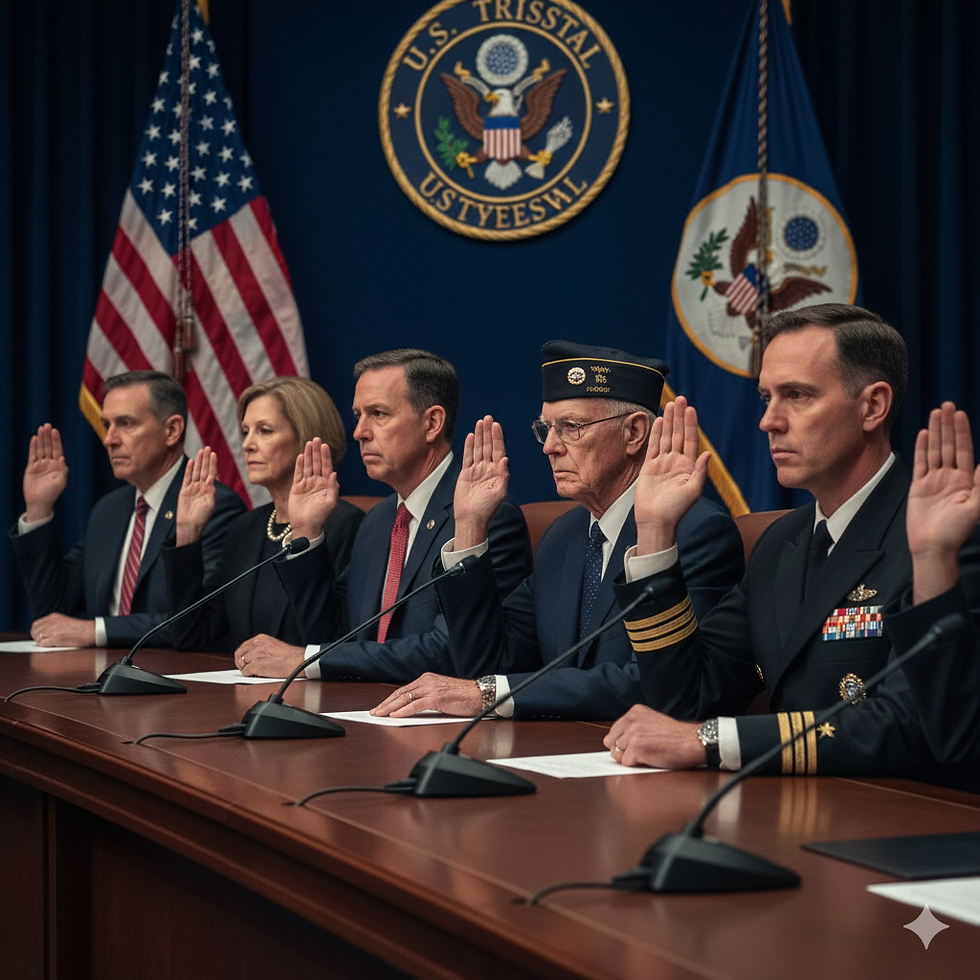
This hearing was organized by a new task force under the House Oversight Committee, known as the Task Force on the Declassification of Federal Secrets. Its aim: to unearth, review, and possibly declassify sensitive materials — including those relating to UAPs — and protect whistleblowers who come forward with credible information. (House Oversight Committee)
Congresswoman Anna Paulina Luna (R-FL), who chairs this task force, set the tone early:
“This is not science fiction or creating speculation. This is about national security, government accountability, and the American people’s right to the truth.”(Space)
With those words, the hearing attempted to straddle the line between the realm of the mysterious and the world of policy.
The Witnesses: Voices From the Military and Beyond
One of the most compelling aspects of the hearing was the lineup of speakers: people who claimed they had direct encounters, or had suffered consequences after raising alarms. Here are some of the key voices:
Jeffrey Nuccetelli, U.S. Air Force veteran

Nuccetelli’s testimony was emotionally charged. He recounted UAP events between 2003 and 2005 near Vandenberg Air Force Base (now Vandenberg Space Force Base), during high-stakes launches for national reconnaissance missions. According to him, enormous objects — “like flying buildings” — would appear, pulse, and move in ways that made no sense to standard aviation or drone logic. (DefenseScoop)
He insisted that multiple personnel witnessed these events, that the encounters were documented and reported internally, but that “no guidance” ever came down on how to handle them. (DefenseScoop)
He beseeched Congress: fund independent research, mandate declassification, and shed the burden of secrecy.
Dylan Borland, U.S. Air Force veteran

Borland pushed the whistleblower angle hard. He claimed that in 2012, during an incident at Langley Air Force Base, a large triangular craft appeared, emitted strange electromagnetic interference, and moved in ways incompatible with known aircraft. After he attempted to raise concerns, Borland alleges, he suffered retaliation: career setbacks, blocked security clearances, and efforts to marginalize him within official channels. (DefenseScoop)
His story typifies the tension many in the UAP community speak about: is speaking out punished more than silence?
Alexandro Wiggins, U.S. Navy Senior Chief Petty Officer (active duty)

Perhaps the most headline-grabbing testimony came from Wiggins, who testified as an active-duty officer. In 2023, while aboard the USS Jackson, he claimed his sensor systems recorded a Tic-Tac–shaped, self-luminous object emerging from the ocean, then linking up with three others. Then — in an instant — they accelerated away faster than anything Navy systems had encountered. (DefenseScoop)
He stressed that the observed behavior did not align with conventional aircraft or known drone patterns. The Navy posture, he said, was left scrambling to interpret what had transpired.
George Knapp, investigative journalist (and longtime UAP researcher)

Knapp testified in his capacity as a journalist and investigator. He was the one to lay out the stunning video footage and challenge the government narrative — essentially becoming a bridge between the public sphere and the classified, murky inner workings. (ABC News)
His presence lent a media-savvy edge to an otherwise military-dominated panel.
Other voices & the institutional spot
While the witnesses were the stars, notable by their absence was a representative from AARO itself. That omission drew significant criticism. Many witnesses and committee members suggested that the very office charged with investigating UAPs was undercutting transparency by keeping crucial analyses or findings under wraps. (Space)
Some witnesses explicitly criticized AARO for “using science … and coming up with answers” that may conflict with political narratives. (Space)
The Explosive (and Weird) Video
If all of the above sounds like dinner-party storytelling, Congress got its popcorn moment when Rep. Eric Burlison (R-MO) projected a previously unreleased video to the hearing room. (ABC News)
What the video purportedly showed
The footage — allegedly recorded by an MQ-9 Reaper drone — tracked a bright object moving over water off the coast of Yemen on Oct 30, 2024. (ABC News)
A Hellfire missile, fired by another (or related) drone, seemed to strike the orb. But rather than exploding or shattering, the orb continued on its trajectory. The missile, by implication, bounced off or otherwise failed to damage it. (ABC News)
Some claimed debris moved with the orb; others pointed out the orb’s continued motion suggested no visible damage. (ABC News)
Rep. Burlison expressly declined to offer full attribution for the video, stating he “didn’t want to explain it — you will see what it does.” (ABC News)
Given that Hellfire missiles are high-precision, lethal weapons designed to obliterate many types of aerial targets, the notion of an orb shrugging it off was met with gasps, skepticism, and intense scrutiny. (ABC News)
The debate over authenticity
As one might expect, doubts were immediate:
Some experts and media outlets questioned whether the object was truly “alien” or “non-human,” suggesting possible terrestrial explanations (e.g. a drone or misidentified conventional object). (ABC News)
A defense official, when asked by ABC News, said they had “nothing to provide” to authenticate the video. (ABC News)
Critics observed that, even if real, the video doesn’t establish intent, origin, or control by non-human intelligences. It’s dramatic — but not definitive.
Still, the video served as a powerful pivot for the hearing, repeatedly replayed and invoked by both witnesses and lawmakers.
Themes & Tensions: What the Hearing Really Illuminated
Secrecy vs. transparency

One of the central themes was the tension between national security secrecy and the public’s “right to know.” Witnesses accused agencies of withholding critical data, classifying findings unnecessarily, or punishing those who try to break the silence. (DefenseScoop)
But defenders of classified operations argue that national defense demands some secrecy. The challenge for Congress (and the public) is discerning where secrecy serves legitimate interests and where it becomes a shield for obfuscation.
Stigma and retaliation
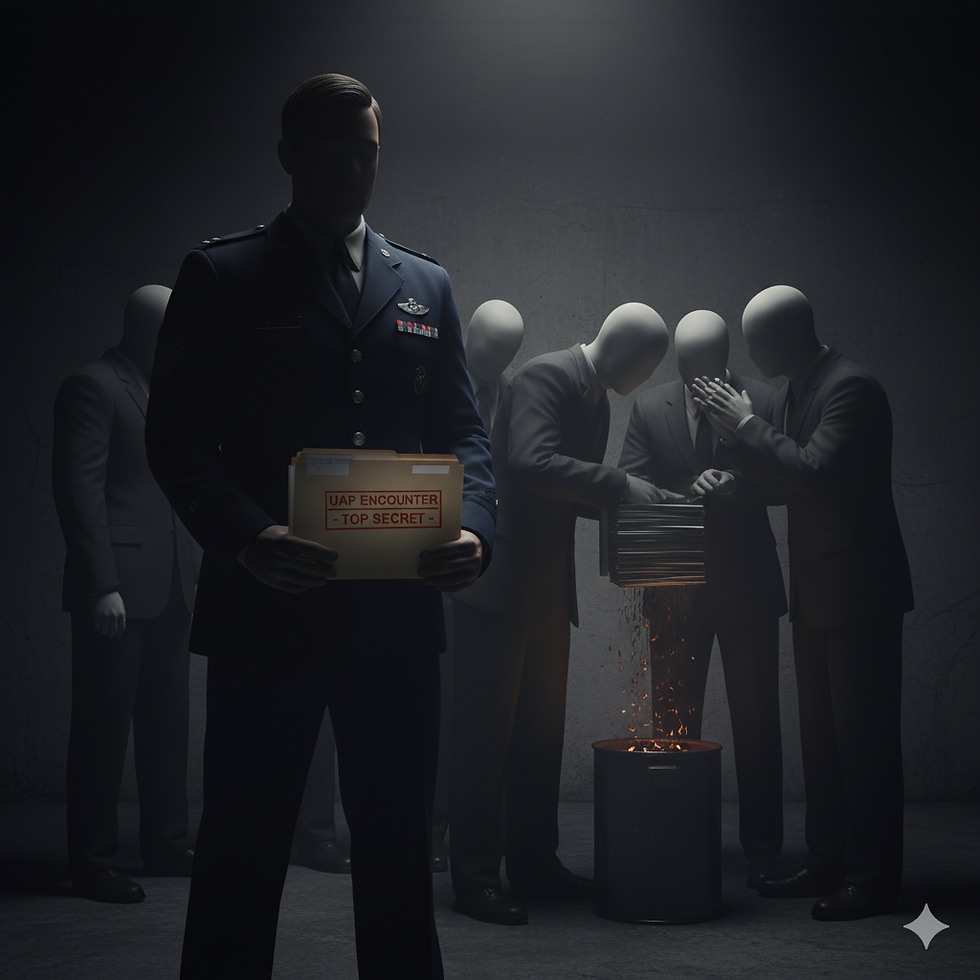
Multiple witnesses testified that reporting UAPs has professional costs — denial of promotions, revocation of security clearances, intimidation, or sidelining. Borland’s testimony was particularly raw on this. (DefenseScoop)
This speaks to a broader culture within military and intelligence institutions: the idea that UAPs are “not serious” or even laughable, making even genuine claims vulnerable to dismissal or ridicule.
The scientific question

Some in attendance pushed hard: can these phenomena be studied scientifically, or is the subject doomed to forever hover between science and pseudoscience? Critics of AARO accused it of “using science and coming up with answers” that sometimes mock, oversimplify, or avoid hard questions. (Space)
Others argue that many UAP reports are under-investigated or poorly documented, and that rigorous data collection is the only path forward. The recent paper “The New Science of Unidentified Aerospace-Undersea Phenomena (UAP)” underscores this push, reviewing prior government studies and arguing for standardized scientific inquiry. (arXiv)
National security & defense relevance
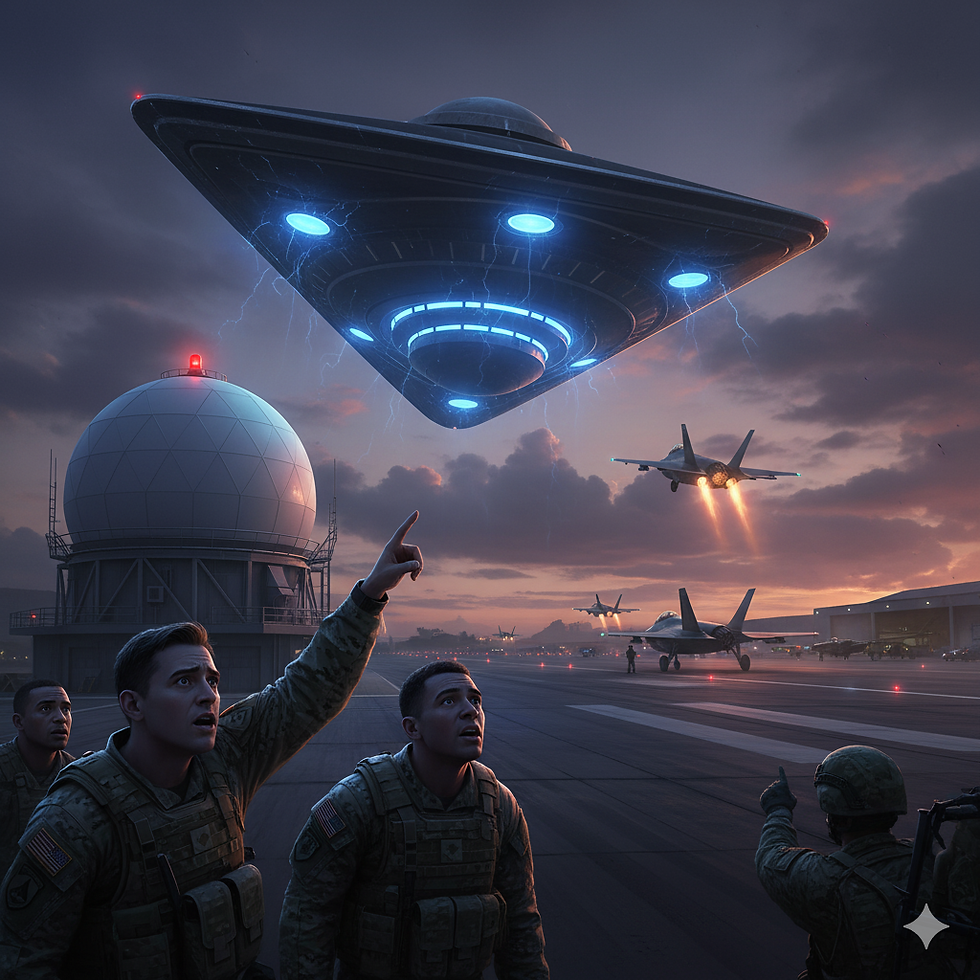
If some UAPs are foreign surveillance, advanced drones, or other technologies, they may pose tangible threats — not just curiosities. Witnesses and members of Congress repeatedly invoked national security as a core justification for transparency. (House Oversight Committee)
But skeptics warned of exaggeration: not every unexplained blip is an adversary craft, and dramatic claims require rigorous verification.
Reactions & Critiques
From the media & public

News outlets ran with the missile-orb video as a “blockbuster,” leading many to question whether “we’re not alone” is no longer fringe. (ABC News)
But not all coverage was credulous. Some analysts flagged logical gaps, lack of provenance, and alternative hypotheses. The coverage skews between wonder and skepticism — which, arguably, is where the subject lives.
From the UAP / UFO research community
Some longtime UAP investigators expressed frustration that the hearing too often seemed political — a showpiece rather than a genuinely scientific process. One critique: the absence of AARO representation suggested an adversarial posture rather than constructive dialogue. (Space)
Others saw it as progress: these witnesses — especially an active-duty Navy officer — were breaking down institutional barriers and pushing the mainstream toward taking UAPs seriously.
From the Pentagon / defense establishment
The official Department of Defense statement? They declined to provide additional comment on the video’s authenticity. (ABC News)
Some within the defense establishment may view the hearing as well-intentioned but naïve — demanding sweeping transparency in domains that are often black-box by design (e.g. surveillance, signals intelligence, classified drone programs). The Pentagon is likely to remain cautious about declassifying anything that could compromise tactics or ongoing operations.
Why This Hearing Matters (Whether You’re a Skeptic or Believer)

It normalizes UAP inquiry
Putting UAPs in a congressional context helps break decades of stigma. Whether one believes in aliens or not, hearing veterans under oath gives the subject legitimacy and demands serious investigation.
It forces accountability
Witnesses called for real protections for whistleblowers and for robust oversight. If laws and norms change, future reporting might be safer and more systematic.
It harvests raw data (or demands it)
This hearing plants a marker: Congress is saying it wants sensor data, encounter logs, declassified imagery. That — if delivered responsibly — is the foundation for progress.
It raises scientific standards
The phenomenon of UAPs will never be resolved by anecdotes alone. This hearing drew attention to the need for open methodologies, peer review, instrumentation, and neutral analysis.
It keeps the mystery alive
Finally — and perhaps most importantly — the hearing reminds us that we don’t know. Some phenomena remain unexplained, and the unknown is, intrinsically, fascinating. Belief in aliens or not, the hearing matters because it confronts the limits of our knowledge.
What It Didn’t Do (and What Still Needs to Happen)

Conclusive proof? The hearing did not yield incontrovertible evidence of extraterrestrial life or non-human intelligence. The statements and video are provocative, but open to interpretation.
Full transparency? Many details remain under wraps: data logs, raw sensor files, chain-of-custody documentation, and verification protocols.
Institutional buy-in from AARO? Without AARO’s presence or cooperation, the process risks being seen as adversarial.
Legislative follow-up is needed. Witnesses and some members called for laws that mandate disclosure and protect whistleblowers — but draft bills (and funding) remain to be seen.
Scientific infrastructure (better sensors, standardized protocols, international cooperation) is still mostly aspirational.
A Few Wild Headlines (Because You Can’t Avoid Them)
“Hellfire missile bounces off UFO” — the headline that stole the show, though its meaning is under debate.
Government as “psyop orchestrator” — some lawmakers asked if UAP stories might be manipulated, planted, or used to cover secret programs. (House Oversight Committee)
Whistleblower protections vs. retaliation — multiple testimonies of career harm.
Active-duty admiral testifies — a signal that the institutional wall might be cracking.
Science vs. spectacle tension — repeated complaints that political theater may overshadow physical rigor.
Looking Forward: What to Watch

Here’s what we should keep our eyes on:
Legislation — Will Congress draft or pass laws that mandate UAP data release and protect reporters and researchers?
AARO’s response — Will the Pentagon’s anomaly office come forward with internal assessments, raw data, or rebuttals?
Peer-reviewed publications — Will credible scientists publish studies analyzing UAP data under transparent standards?
International cooperation — Because UAP is not an American problem alone; many countries have reported similar phenomena.
Next hearings — Will the task force hold follow-up sessions, expand scope, or demand classified briefings?
Media & culture shift — How the public narrative evolves, especially as new footage or testimony emerges.
Final Thoughts: Between Wonder and Discipline
Watching this hearing, you couldn’t escape the tension: wonder versus restraint, spectacle versus rigor, mystery versus method. The image of a missile striking — and failing to destroy — an orb is cinematic. But whether it’s evidence of alien visitation, advanced drone tech, a sensor artifact, or something entirely unknown remains unresolved.

Still, the hearing matters profoundly. It signals that UAPs are no longer the province of fringe researchers — they are entering the corridors of policy, defense, and public accountability. The questions raised are about more than aliens: they’re about how governments manage secrecy, how institutions handle whistleblowers, and how societies confront the unknown.
We may not emerge with all the answers, but we’re taking steps past denial and stigma. In doing so, we honor curiosity — which, after all, is the first step toward discovery.
If you like, I can turn this into an infographic, a shorter “explainer” version, or amend it for a science magazine readership. Do you want me to edit or package this further?

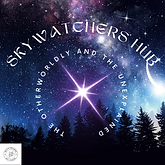.png)



















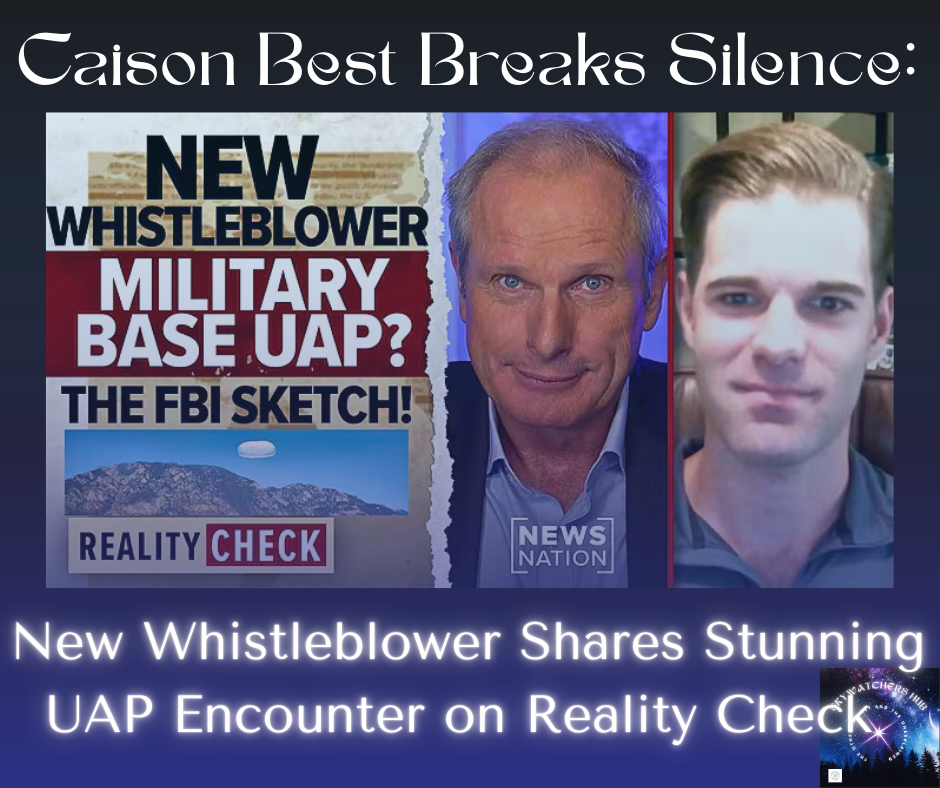
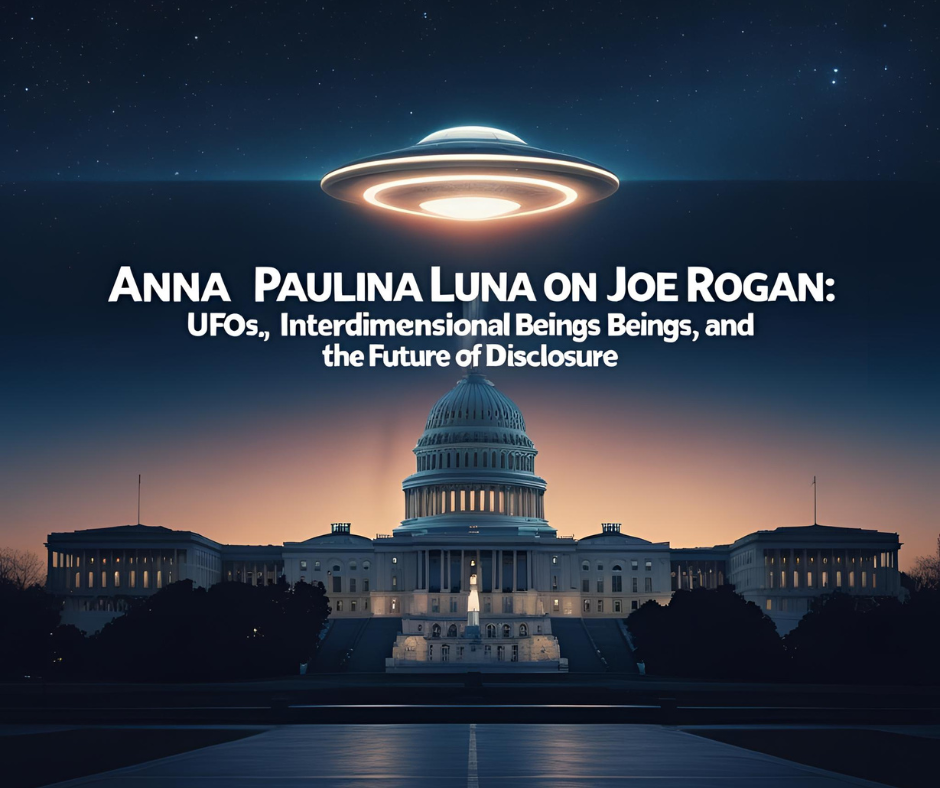

Comments